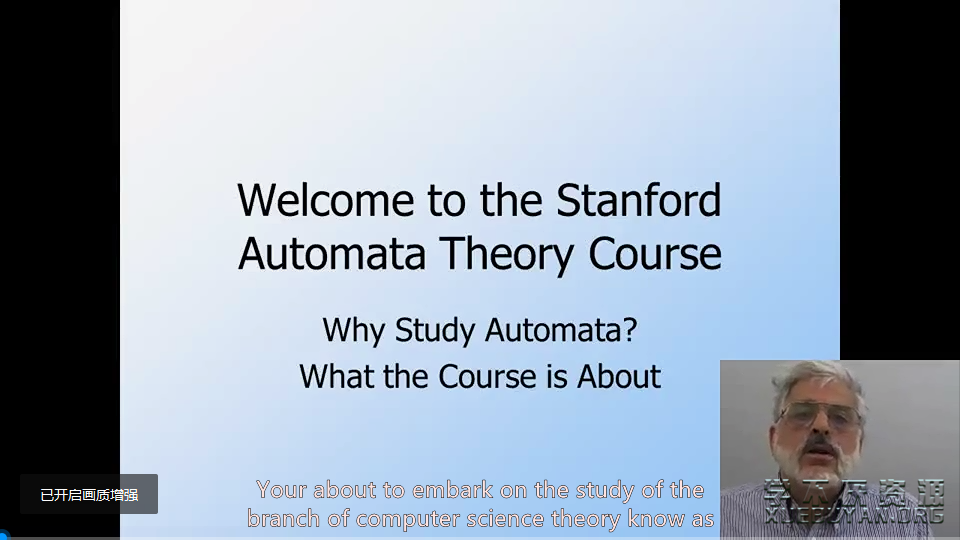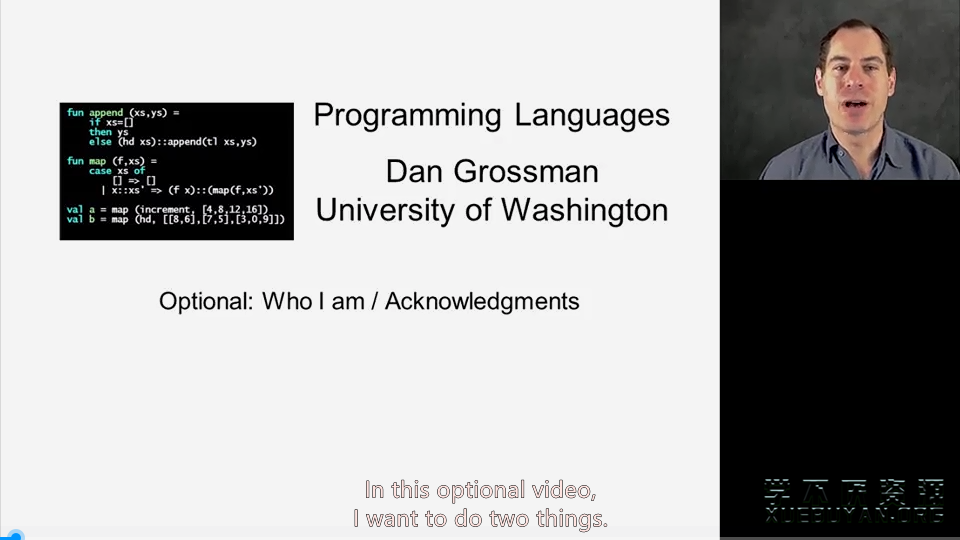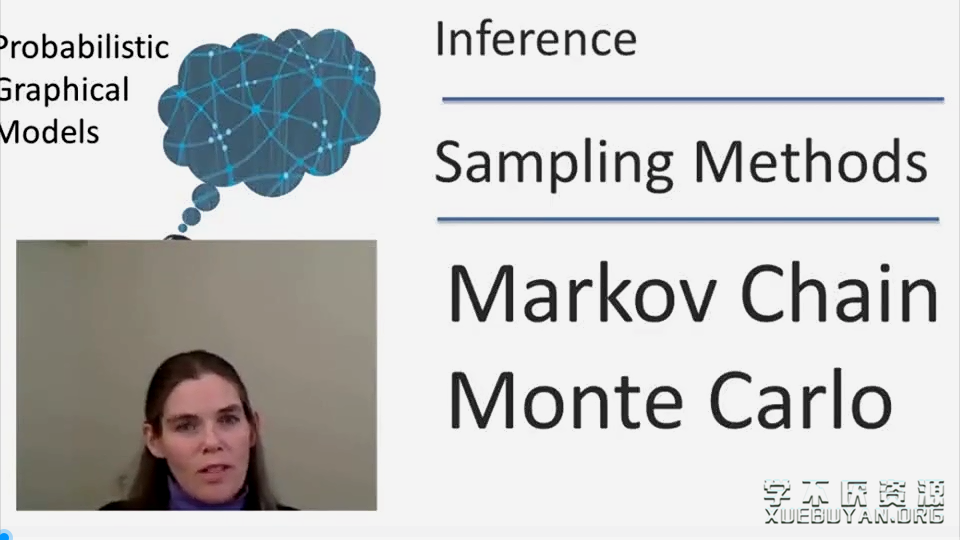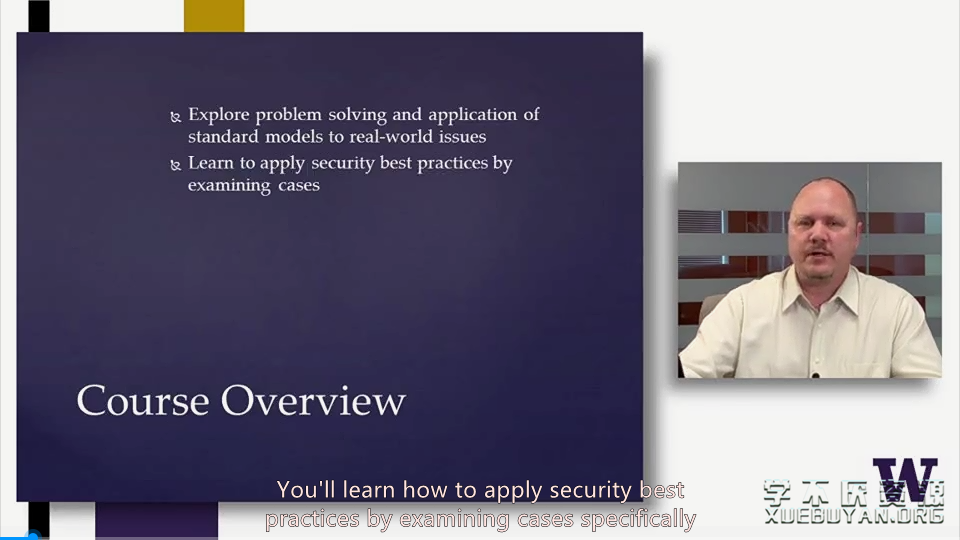
课程名称: 自动机理论 Automata 斯坦福大学 Jeff Ullman
课程主页: 官网已下架
所在平台: Coursera
课程类别: 计算机科学
大学或机构: 斯坦福大学
讲师: Jeff Ullman
授课语言: 英语
提供字幕: 英语
课程文件大小: 760MB
课程介绍:
I am pleased to be able to offer free over the Internet a course on Automata Theory, based on the material I have taught periodically at Stanford in the course CS154. Students have access to screencast lecture videos, are given quiz questions, assignments and exams, receive regular feedback on progress, and can participate in a discussion forum. Those who successfully complete the course will receive a statement of accomplishment. You will need a decent Internet connection for accessing course materials, but should be able to watch the videos on your smartphone.
The course covers four broad areas: (1) Finite automata and regular expressions, (2) Context-free grammars, (3) Turing machines and decidability, and (4) the theory of intractability, or NP-complete problems.
Why Study Automata Theory?
This subject is not just for those planning to enter the field of complexity theory, although it is a good place to start if that is your goal. Rather, the course will emphasize those aspects of the theory that people really use in practice. Finite automata, regular expressions, and context-free grammars are ideas that have stood the test of time. They are essential tools for compilers. But more importantly, they are used in many systems that require input that is less general than a full programming language yet more complex than “push this button.”
The concepts of undecidable problems and intractable problems serve a different purpose. Undecidable problems are those for which no computer solution can ever exist, while intractable problems are those for which there is strong evidence that, although they can be solved by a computer, they cannot be solved sufficiently fast that the solution is truly useful in practice. Understanding this theory, and in particular being able to prove that a problem you are facing belongs to one of these classes, allows you to justify taking another approach — simplifying the problem or writing code to approximate the solution, for example.
During the course, I’m going to prove a number of things. The purpose of these proofs is not to torture you or confuse you. Neither are the proofs there because I doubt you would believe me were I merely to state some well-known fact. Rather, understanding how these proofs, especially inductive proofs, work, lets you think more clearly about your own work. I do not advocate proofs that programs are correct, but whenever you attempt something a bit complex, it is good to have in mind the inductive proofs that would be needed to guarantee that what you are doing really works in all cases.
课程压缩包下载地址(度盘链接):

 学不厌资源
学不厌资源


















